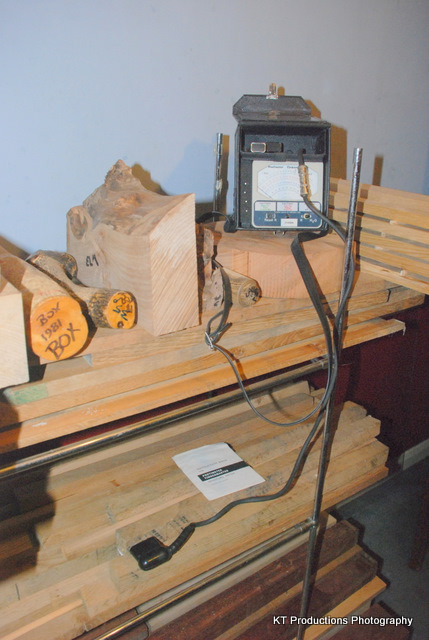Gerard Scanlan
Established Member
I think the title says it all. I usually only buy dried/seasoned timber and then leave it in my workshop for six months or longer before using it. However I recently met a woodturner who sources logs himself and he is only interested in highly figured pieces so he can supply me with with timber with more neutral grain patterns. The only problem is I have no way of judging when this timber, which feels damp to the touch ,will be ready for use. So I thought about buying a moisture meter. Then it occurred to me that an AVO meter might do the same thing. Is this a stupid question? i do not know yet. But I am soon to find out  .
.

































